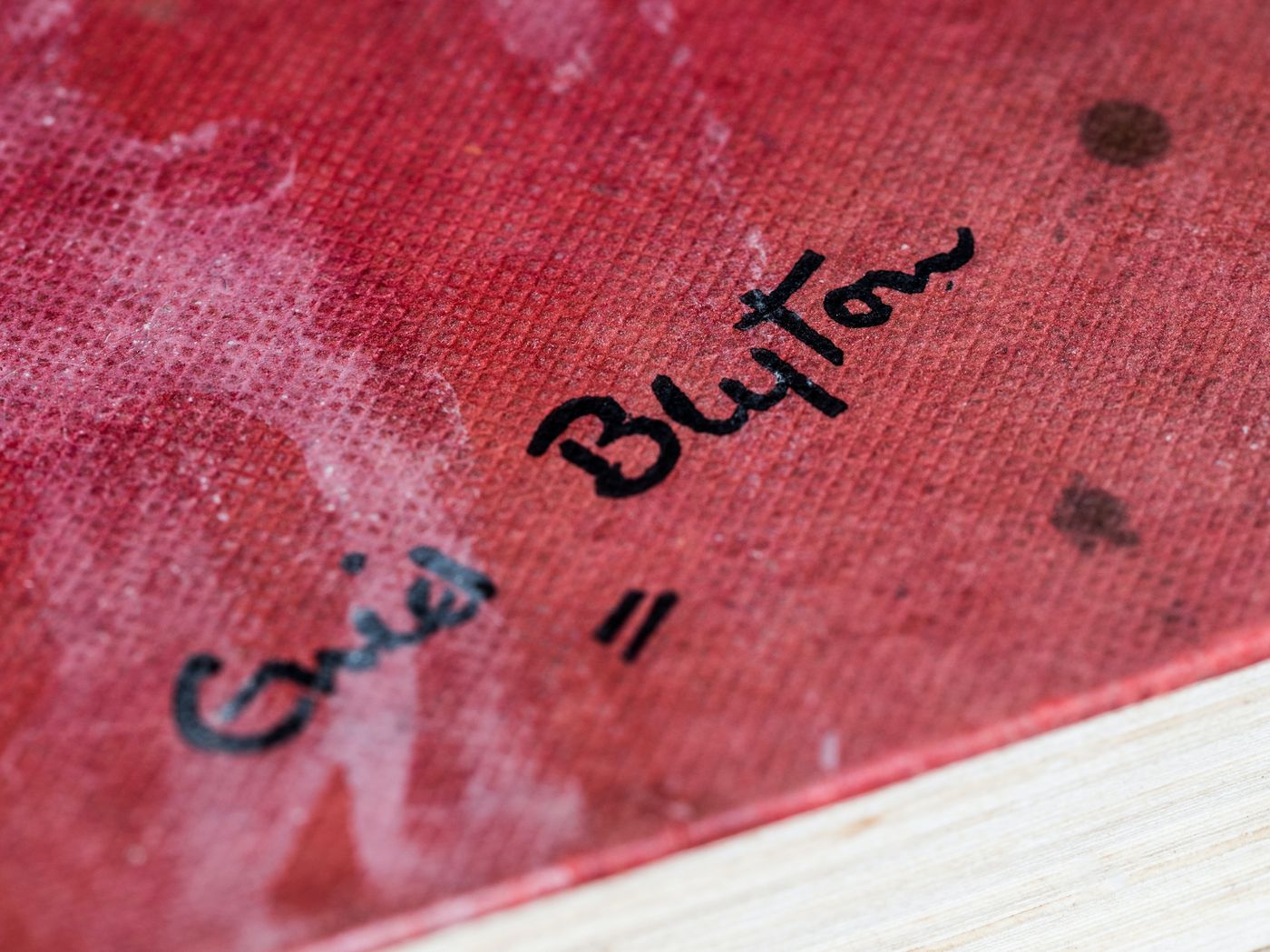One never forgets the first book that enthralled them. For me, it was Five On A Treasure Island. The Enid Blyton book initiated me into the many worlds that flourished on pages. It led me to passionately love literature, and carved a path for me.
After that book, I hungrily consumed the entire Famous Five series. Next in line were the St. Clare’s and Malory Towers series. The Faraway Tree and Mystery series also became an important part of my life. Nine-year-old me loved going to Blossoms and picking up more Blyton books. My obsession didn’t leave much room for study or play.
I wanted to write like her. I also wanted to have midnight feasts with ginger beer like the girls in the boarding schools she crafted in her stories. Bacon for breakfast seemed much more delectable than the idli on my plate. Outsmarting incompetent policemen seemed like a dream. I used to lament that there wasn’t a magical tree near my home.
Notwithstanding the role of these books in making me an aspiring writer, it is troubling to think about the countless problematic things I internalised from her books. This has led me to a rather extreme conclusion – her books should be off the shelves, especially given the audience her books cater to. While I understand that her body of work is a product of her time, children consuming books riddled with gender norms, ridiculous stereotypes and pompous notions of ‘the English sense of honour’ is disconcerting.
In the Famous Five series, Anne’s hyper-femininity is defined by her love for dolls and dresses. In the very first book, she revels in her femininity, and states that she couldn’t have done so if she were a boy. As a character, she was relatively less witty, a poorer swimmer and a “silly blabbermouth”. In Five Go On A Hike Together, the one time she does deduce something, Anne feels particularly happy because she isn’t the one who usually comes up with clever ideas.
George tries to realise her aspiration of being a boy, by “doing things that boys do” – like swimming, climbing and keeping her hair short. Her superior swimming skills surprise her male cousins Dick and Julian. Of course, Julian and Dick were “splendid” swimmers and climbers, who never blabbered, never cried and never got scared of the dark.
Let’s not forget the casual racism. Blyton has been heavily criticised for featuring the golliwog caricature of black people in her Noddy series, as well as having a series on golliwog characters. Sooty in Five Go To Smuggler’s Top is called so because he’s a “very dark boy”. Distorted representations and caricatures flourish in her works.
Speaking of caricatures and tropes, a brief recollection of the foreigners in St. Clare’s and Malory Towers made me realise how much Blyton wrung the ignorant foreigner stereotype. Most of them were portrayed as loveable, but in need of polish and refinement – something which their English school would generously give them.
The French teachers in both series are emotionally charged, short-tempered, vulnerable to silly pranks and utterly confused about the English ways. Claudine, a French student in St Clare’s, is a troublemaker who is loved, but often called out for her wayward un-English ways, as is her younger sister. Blyton’s view of Americans is obvious in the character Zerelda Brass in Malory Towers – an air-headed, arrogant and unschooled girl who aspires to be an actress. Sadie Green in St. Clare’s is also a vain, wealthy and uninformed American. There’s also an unsettling respect for hierarchy, in the custom where young students do chores for their seniors such as making sandwiches and washing their shoes. However, nothing is more infuriating than the phrase ‘the English sense of honour’ being thrown around like confetti.
There is also an undercurrent of disdain for femininity. For instance, Alison O’ Sullivan in St. Clare’s was always ridiculed for caring about her appearance. This was a regular theme in all her school related books.
This leads me to a confession I’m not proud of — the nine-year-old-me used to aspire to that very English ideal. The thought of being academically brilliant, athletic and possessing an unwavering sense of honour, while, of course, not being too girly, seemed like a goal worth attaining. I also had a phase where I forcefully cultivated a tomboy persona, which is terribly embarrassing in retrospect. Basically, I wanted to be liked and admired by the individuals in her books.
It also influenced my writing. Creating authentic settings and characters seemed like an impossible task for me. Until recently, writing about a ‘Ram’ or a ‘Priya’ living near CMH road didn’t seem like a good idea if I was attempting to write something of literary merit. While wanting to write like Blyton and mimicking that kind of English isn’t outright wrong, being stuck in the Blyton literary labyrinth ended up being severely limiting for my writing.
Two years ago, the Royal Mint in the UK decided against commemorating the children’s author owing to her “racist, sexist and homophobic” views. Many scholars have been debating the validity of that claim. In fact, since the 1940s, her works have been subjected to severe scrutiny.
Remarks like mine and the stand of the Royal Mint might seem like an overreaction to harmless tropes in books meant for children, who simply don’t read books the same way critics do. However, it is a problem. Children don’t necessarily engage with texts to critique them or identify nuances – they internalise and soak in the world around them like sponges. While all young readers of Blyton don’t necessarily grow up to be raging sexist adults, I think it is fair to want young readers to consume content that subverts rigid gender norms, and other deep-rooted archaic conventions.
A small part of me misses the thrill of getting lost in the worlds Blyton masterfully built. But the hangover doesn’t seem worth it.
Shashwathi Sudhakar is a humanities student at Azim Premji University.
Featured image credit: Brett Jordan/Unsplash

